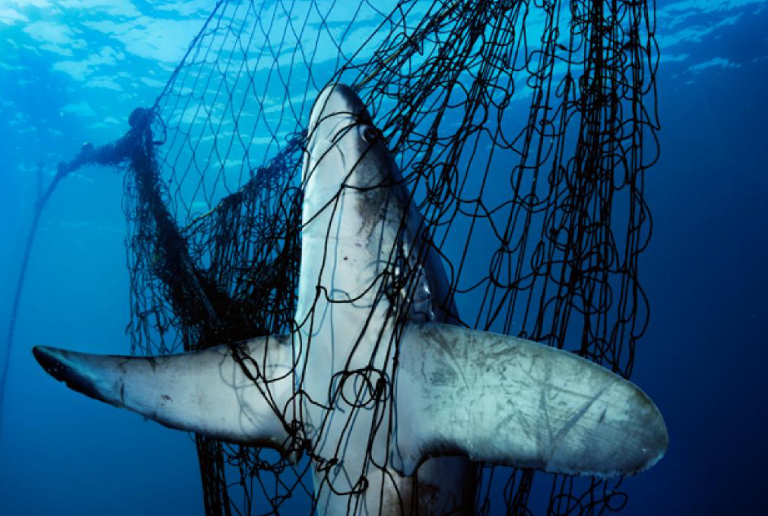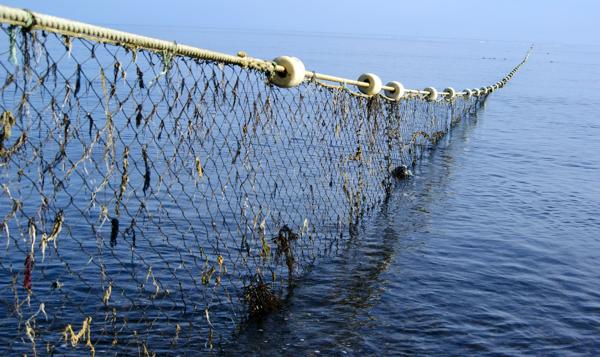
Fishing is a popular hobby of people all around the world. Professional fishers are also involved in fishing. A fishing net is an essential and must-have gear for fishers to perform fishing. Fishers commonly use several types of fishing nets based on the comfort and preference of the fishers. The fishing net generally varies in its design, configuration and the type of fish targeted. Here we would discuss the various types of fishing nets widely used all around the world.
Gillnets and Entanglements Nets
This type of fishing net is mainly used in inshore and offshore waters. They are used for fishing in rivers and estuaries. They are made up of a panel of nets connected with the seabed. There are jurisdiction restrictions on the size of the net length and mesh size. These two factors determine the type of fish captured.
Know More About : Things To Know About The Working Of Fishing Net
The following are the types of gillnets.
Pelagic gillnets: This fishing net is also called drift nets. It is used to trap tropical sharks and mackerels. Drift nets are made by tieing the net panels together. One end of the net remains attached to the boat.
Demersal gillnets: It is also called the bottom set gillnets is mainly used for trapping gummy sharks and finfish type of fishes. They are used for fishing on the seafloor. This fishing net does not remain attached to the vessel.
Coastal, estuary and river set gillnets: This type of fishing net comes with a headline which is tied in a tree or other objects located above the high-water mark. The dinghies in the net are used for setting directions and range based on the tide.
Surrounding Nets
This type of fishing net is used for capturing pelagic fish. The nets are constructed such that the fish cannot escape out of the net.
Purse Seine Nets: This type of fish is used for trapping schooling pelagic fish species. Purse rings are attached to the footrope of the surrounding nets, which is arranged at regular intervals using a rope or chain. The bottom of the net can be closed by pulling the lines of the purse lines.

Seine Nets
This type of net is negatively buoyant and consists of two long wings. Fishes generally try to swim in front when it comes in contact with a moving object. This type of net is constructed based on the above principle.
Trawls
This is a commercial fishing method which is widespread across the globe. Trawling can be done in different ranges and depths of water. The trawl type of fishing net is of complex design. Some of the key components of trawls and its features are listed below.
Warps: These are the wire ropes which are attached to the trawls boards. Warps are placed in the winch drums so that it is easy to operate the trawls.
Trawl Boards: They act as hydrodynamic kites so that it keeps the net open. This component offers the required weight to the trawl so that the desired depth is reached.
Backstrops: These are wires and chains used for connecting trawl boards with sweeps.
Ground Gear: These are short wire chain droppers for connecting with footrope. The ground gear avoids damage through snagging.
Body Panels: This makes the body of the trawl and includes upper and lower sections.
Codend: This is the last part of the fishing net where the fish are trapped. It is of the smallest mesh size, and it decides the size of the fish. A quick-release knot is attached to the end of the codend so that the fish can be emptied easily.
The following are the types of trawls.
Beam Trawls: This is a simple trawl that can be used by small-sized boats. It is mainly used in lakes and estuaries. It is made up of two steel endplates, and the vertical opening of the net is based on its height. Its headline determines the horizontal opening of the net.
Demersal Trawls: This type of trawls are used for otter trawling. Prawns live in burrows on the ocean floor. Thus to prevent escapes, a ground chain is used in Demersal trawls. Demersal otter trawls look similar to fish trawl. They are made up of small-sized mesh in their body panels and codend.
Midwater Trawls: This is similar to demersal trawl nets, but it is of lighter weight with a largemouth.





